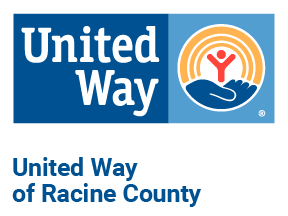
MESSAGE FROM THE PRESIDENT

United Way continues to advocate for the effective use to data to enrich learning, generate a community-wide culture of continuous improvement, and support positive change.
For 16 years, United Way of Racine County has published a Community Indicators Report to share with anyone who is interested in the work that we are all doing together to fight for health, education, and financial stability of every person in Racine County.
This report reflects an ongoing commitment to promote advocacy for our county's key issues,
measure, progress, and find solutions by building stronger collaborations. While data is critically important to creating and implementing a collective strategy, we all have a role to play in creating a thriving community. Only together can we make change happen. That is what it means to LIVE UNITED!
RODNEY PRUNTY
PRESIDENT & CHIEF PROFESSIONAL OFFICER
KEY FINDINGS



RACINE COUNTY SNAPSHOT
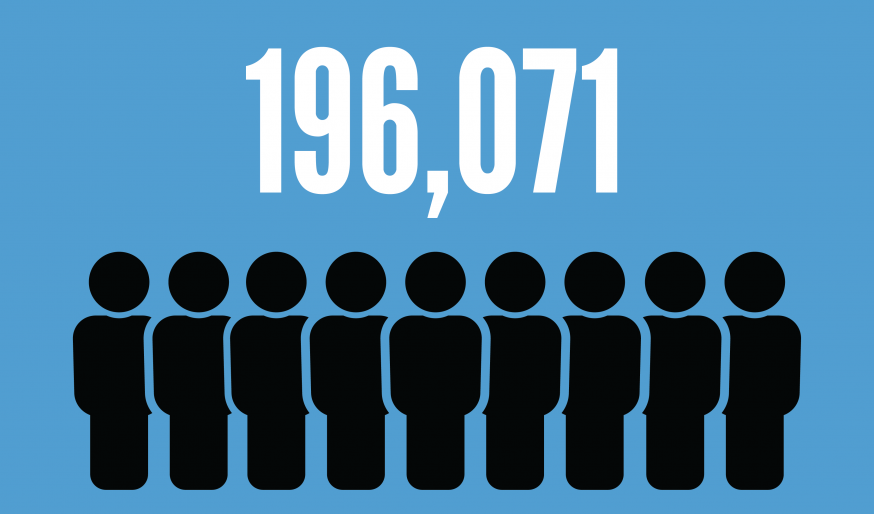
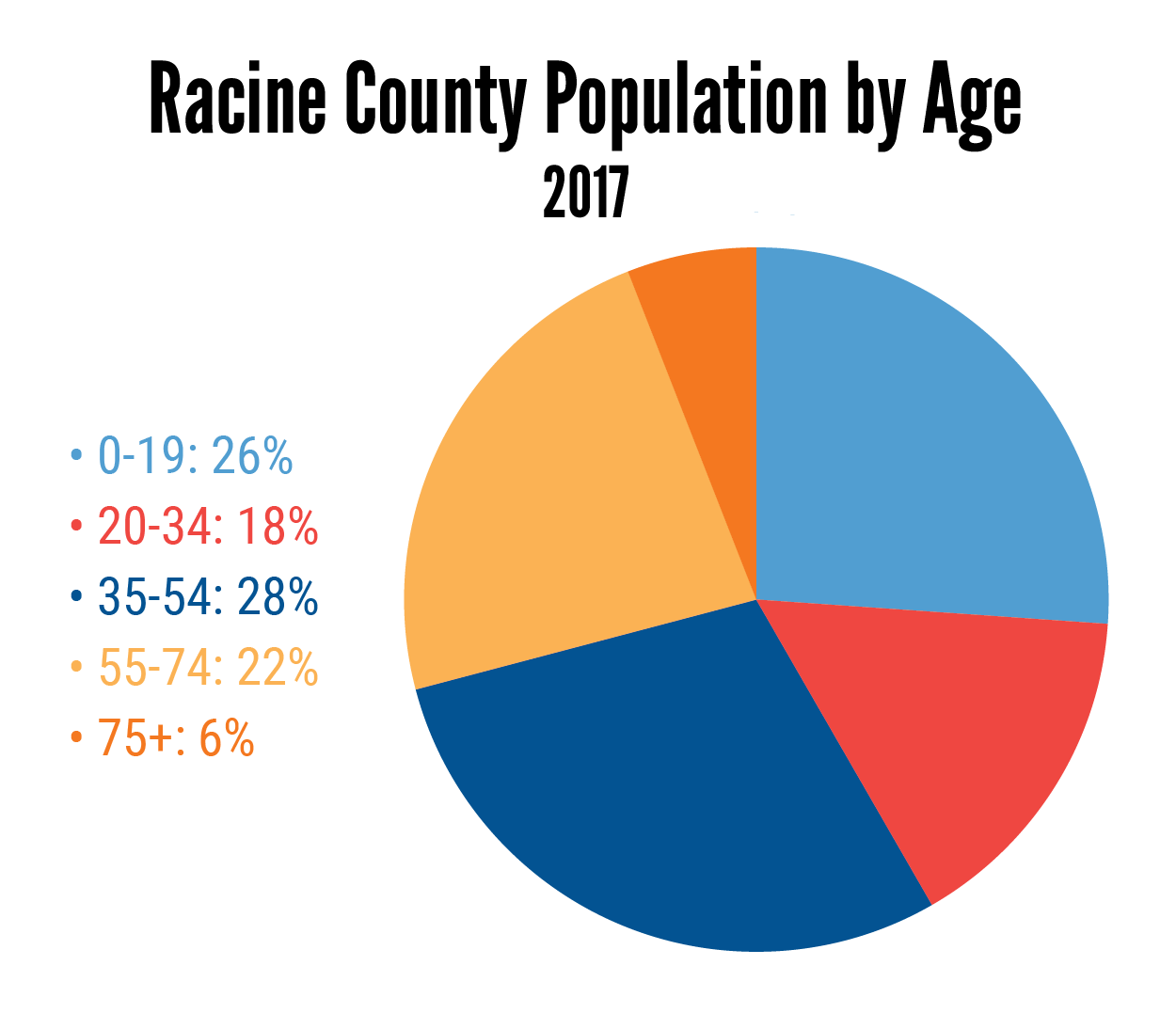
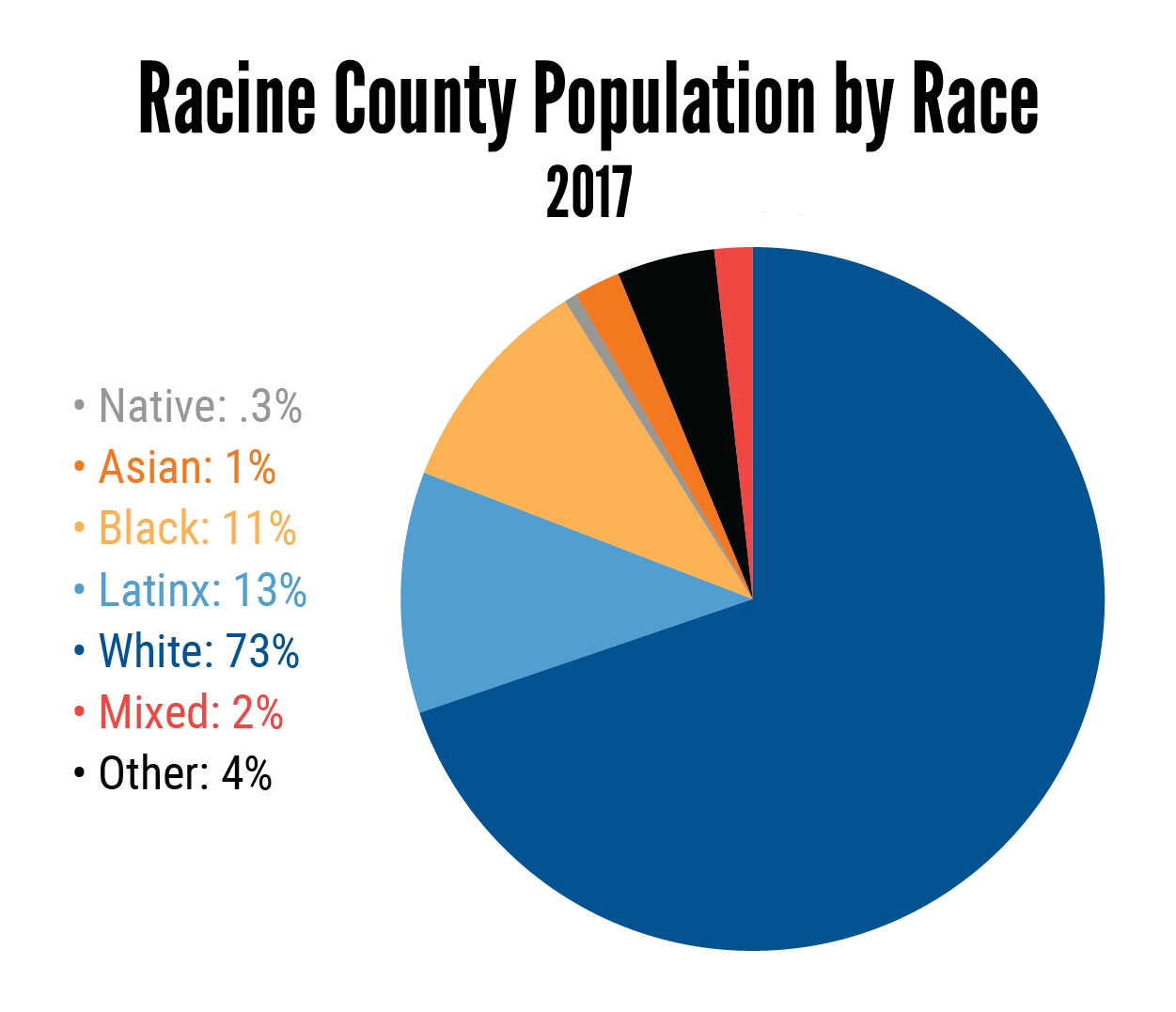
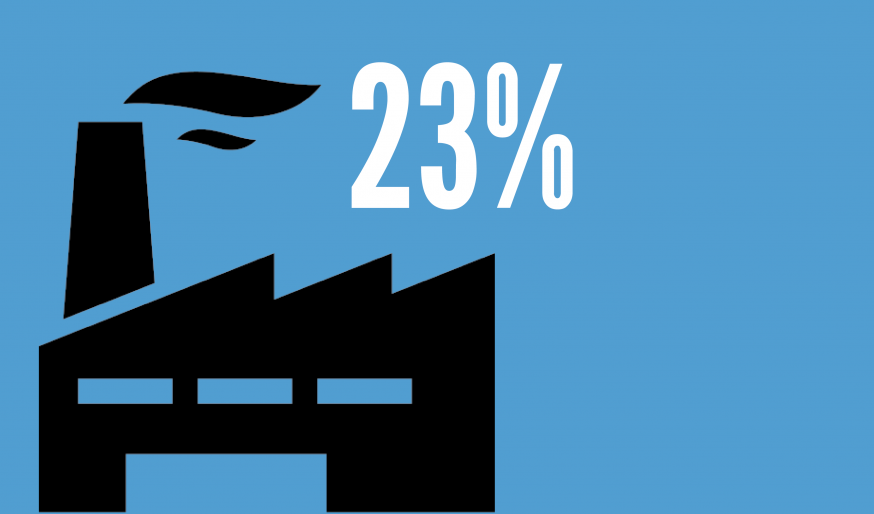
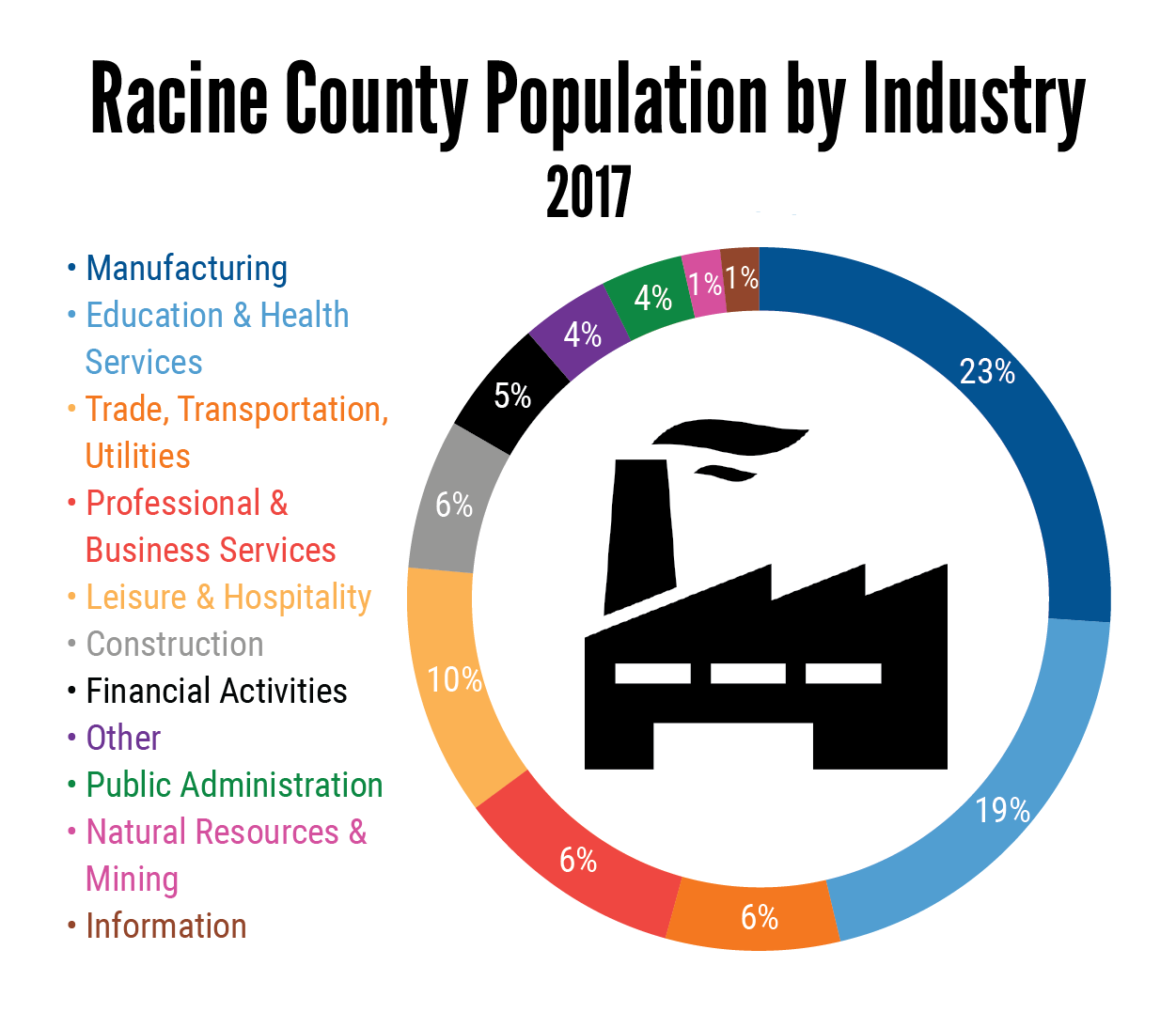
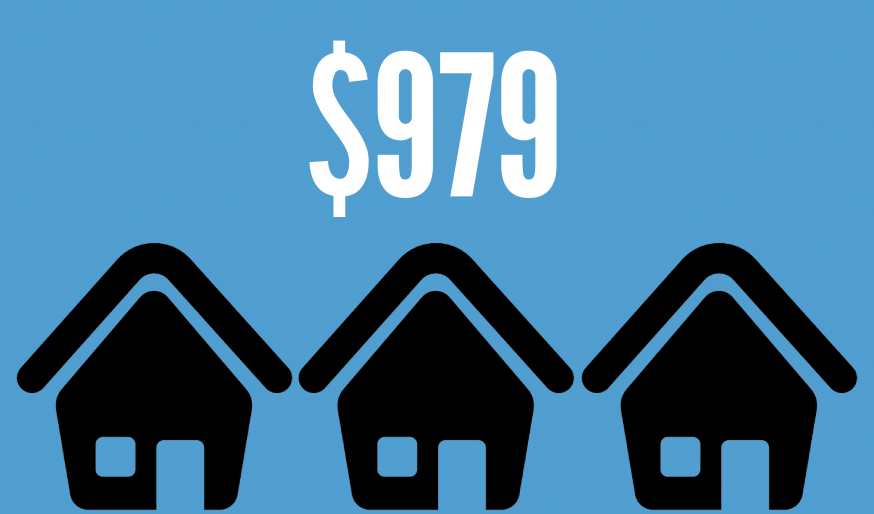
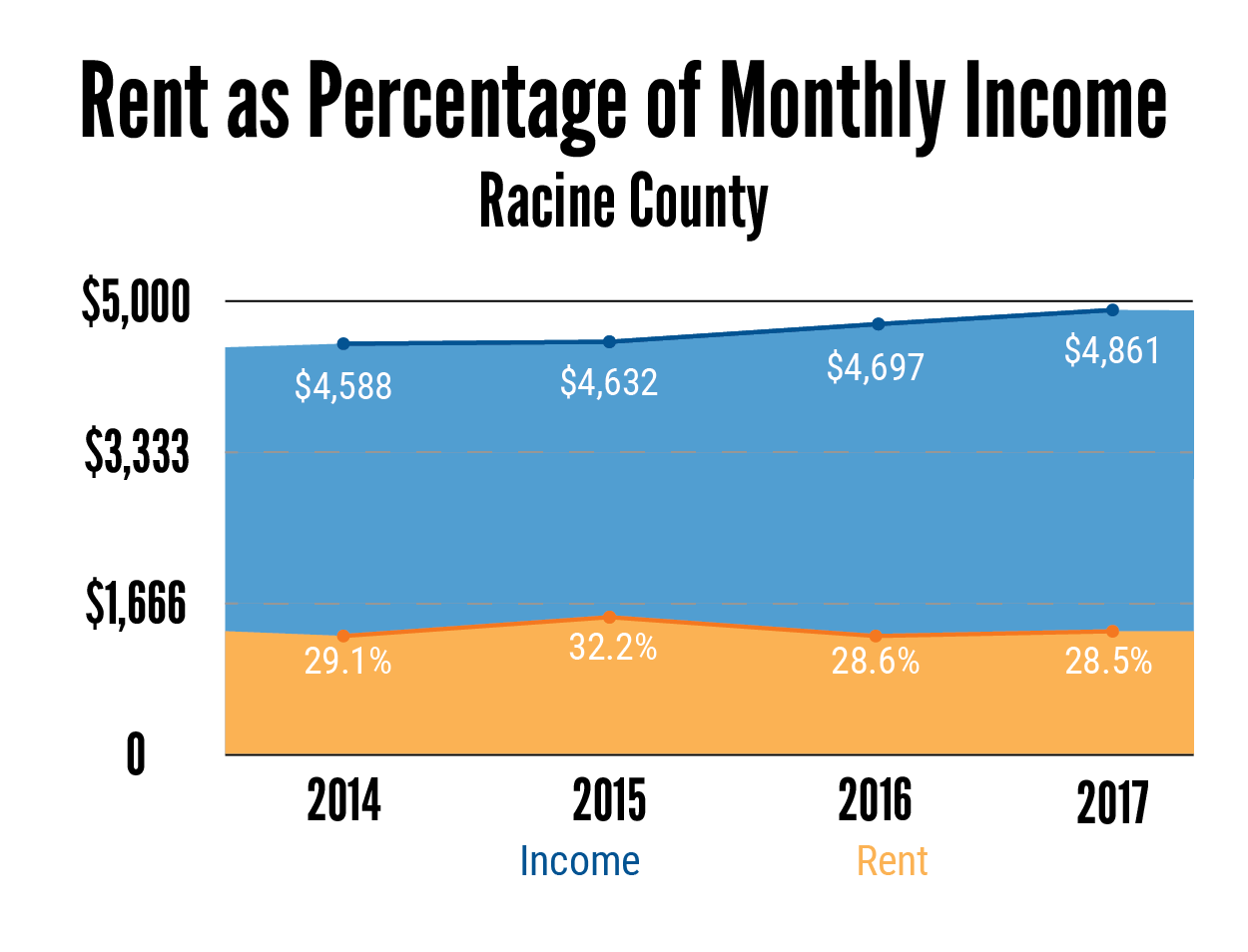
HEALTH INDICATORS
Impact Measurement:
By 2025, reduce unhealthy behaviors and poor mental health days for Racine County residents by at least 20 percent.
United Way of Racine County ensures wellness for the workforces of today and tomorrow by increasing the number of Racine County residents who participate in quality and mental health practices. Reducing preventable illnesses and increasing access to care cuts everyone’s healthcare costs. Adults with physical or mental illnesses may miss more time at work and school and struggle to hold a steady job. Healthier children miss fewer days of school and are more prepared to learn. United Way’s strategies prioritize healthy eating and physical activity and support mental health and healthy choices.
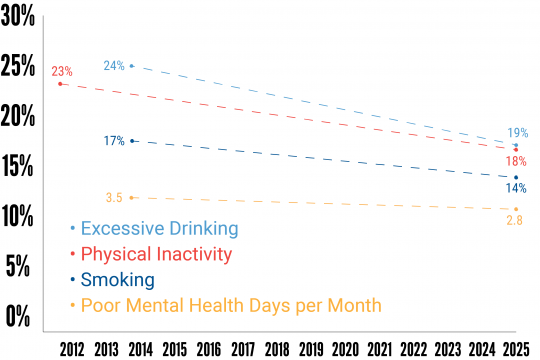
HEALTH IN RACINE COUNTY
8 percent of Racine County children weigh less than 2,500 grams (about 5.5 pounds) at birth.
8.8 Racine County Infants out of 1,000, or .9 percent, die within their first year of life.
The number of births to Racine County 15- to 19-year olds assigned female is 24.1 in 1,000, or 2 percent.
While Racine County’s STI cases had been dwindling since 2010, the number rose again to 1,043 in 2016.
In 2015, there were 433 alcohol-related hospitalizations and 123 drug-related hospitalizations, a total fo 556 substance abuse hospitalizations.
18.75 percent of adults in Wisconsin have mental illnesses, only slightly higher than the national average of 17.9 percent.
In 2015, 390 cases of child neglect, physical abuse, and sexual abuse were substantiated.
As of 2017, Wisconsin’s adult obesity rate is 32 percent, placing it at #21 for the highest adult obesity rate of all states.
2,561 Part | crime incidents were reported by the Racine Police Department in 2016, at a 51-year low for the city of Racine.
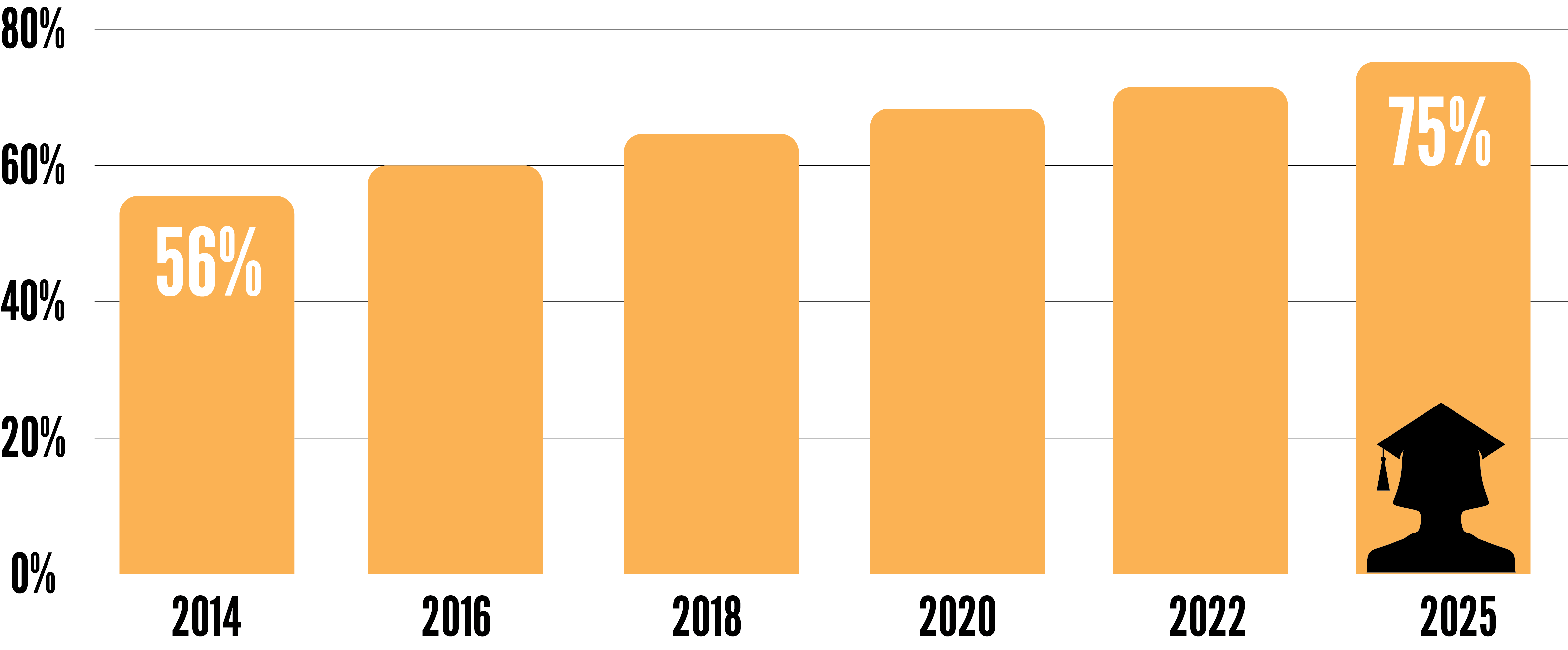
EDUCATION INDICATORS
IMPACT MEASUREMENT:
By 2025, 75 percent of students who graduate will enroll in college, secure employment, or join job training or the military.
United Way of Racine County is working to build the workforce of tomorrow by ensuring students graduate high school with the knowledge, skills and motivation to succeed in college, vocational training or careers. Nothing is more important to Racine County’s long-term economic prosperity than the development of a workforce with the skills and knowledge required to gain and sustain employment. The foundation for post-high school success begins in early childhood and continues throughout the student’s career. United Way’s strategies prioritize early childhood literacy and address middle and high school success.
EDUCATION IN RACINE COUNTY
Public school districts in Racine County enroll from 7 percent to 61 percent students of color, with RUSD enrolling the most.
62 percent of RUSD students are considered “economically disadvantaged,” which means their households earn 185 percent or less of the poverty rate.
13 percent of RUSD students are English language learners (ELL). RUSD enrolls more than twice as many ELL students as districts statewide on average.
Third grade reading proficiency for RUSD students was 24.1 percent for the 2016-17 school year, compared to 42 percent across Wisconsin.
Waterford HS has the highest proportion of ACT takers who earn college-proficient English and math scores, at 53 percent and 52 percent respectively.
The suspension rate for Black RUSD students is 25.5 percent, more than 5 times the rate of white students.
10 percent of Racine County residents have not graduated high school. In the city of Racine, 15 percent haven’t graduated high school.
85 percent of Wisconsin high school seniors expressed plans to pursue college, employment, the military, or job training.
FINANCIAL STABILITY INDICATORS
IMPACT MEASUREMENT:
By 2025, increase the number of financially stable Racine County residents by 2,000.
United Way of Racine County helps individuals and families achieve long-term self-sufficiency. That includes providing access to basic needs such as food, shelter and safety while also empowering people to gain the financial resources they need to improve their lives, care for their families, and get back on track. United Way’s strategies focus on connecting individuals with family-sustaining employment, income supports, savings and assets, and manageable expenses.
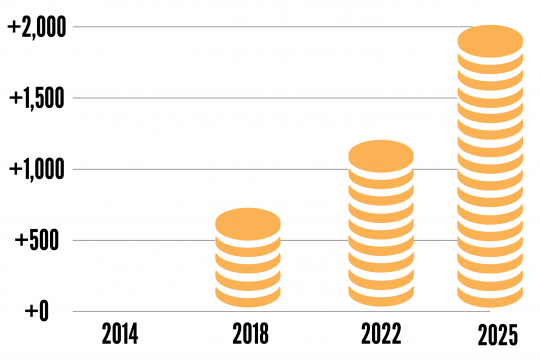
Good indicators are objective measurements that reveal whether key community conditions are improving, worsening, or remaining constant. The indicators selected for inclusion in this report:
- Reflect the communities and districts throughout Racine County.
- Illustrate fundamental factors underlying the impact of health, education, and financial stability on the success of the county.
- Can be easily understood and accepted by the community.
- Are statistically measurable and contain data that are both reliable and available long-term.
- Measure outcomes rather than inputs whenever possible.
More than 10 different research tools contributed to this extensive view of Racine County. For example, one data source was the American Community Survey (ACS)'s one-year estimates. The ACS is an ongoing survey that provides data annually, giving communities current information to plan investments and services. The ACS covers a broad range of topics about social, economic, demographic, and housing characteristics of the U.S. population. Much of the ACS data provided on the Census Bureau's website are available separately by age group, race, ethnicity, and sex.
Another tool that contributed was the WISEdash Public Portal. Each year, Wisconsin's public school districts collect information about students, staff, and courses based on federal and state requirements. These data sets are submitted to the Department of Public Instruction, where they are stored and linked in a data warehouse. WISEdash provides an interactive system to select and filter Wisconsin public school data. The data set that appears in the graphs when selecting the Certified Data View maintains an "official," static version of the data, which provides consistent reporting over time. In most cases, the Certified Data View produces identical counts, averages, and rates as previously reported in current data. No data modifications are performed to merge or discard duplicate student reporting after the initial release of the certified results.
A note on language: Throughout this report, the word "Latinx" is used in place of "Hispanic" and "Latino." While none of these terms overlap perfectly, and different individuals prefer different identifiers, this report uses Latinx because it is inclusive of all gender identities.
- Chris Bennett's "Glad You Asked: Racine's Native Indian Tribes; More About Ethanol"
- City of Racine's "History of Racine"
- Data USA's "Racine County, WI"
- Yara Simón's "Hispanic vs. Latino vs. Latinx: A Brief History of How These Words Originated"
- United Way of Racine County's "2016 Community Indicators Report" (PDF)
- U.S. Census Bureau
- 2012-2016 American Community Survey Five-Year Estimates
- Population Division
- QuickFacts: United States
- U.S. Department of Arts and Culture's "Honor Native Land: A Guide and Call to Acknowledgement"
Health
- Behavioral Risk Factor Surveillance System: Prevalence and Trends Data — Overweight and Obesity, U.S. Obesity Trends
- Center for Urban Population Health's Racine County Health Data Report (2017)
- Centers for Disease Control and Prevention
- Central Intelligence Agency's "Infant Mortality 2016 Estimates: World Factbook"
- Central Racine County Health Department's "2011-2016 Racine County Fetal, Infant, and Child Death Review Report"
- NAMI Wisconsin's "Basics of Mental Illness"
- Racine Police Department's Annual Reports
- Robert Wood Johnson Foundation's The State of Obesity in Wisconsin
- Trust for America's Health
- U.S. Census Bureau's 2011-2015 American Community Survey
- U.S. Department of Health and Human Services' Office of Adolescent Health
- Wisconsin Department of Health Services
- Annual Birth and Infant Mortality Report (2016) (PDF)
- Behavioral Risk Factor Survey: Wisconsin
- Births to Teens in Wisconsin
- County Health Profiles
- "Mental Health and Substance Abuse Needs Assessment Update"
- Teen Birth Rates
- "Wisconsin AIDS/HIV Program Notes"
- "Wisconsin Epidemiological Profile on Alcohol and Other Drugs (2016)"
- "Wisconsin Mental Health and Substance Use Needs Assessment (2017)"
- Wisconsin Public Health Profiles, Racine County (2016)
- "Wisconsin Sexually Transmitted Disease Surveillance Report (2016)"
- Wisconsin Department of Children and Families' Wisconsin Child Abuse and Neglect Reports
- Wisconsin Department of Justice
- Crime and Arrests in Wisconsin
- Domestic Abuse Incident Report
- World Health Organization
Education
- The Annie E. Casey Foundation's "Unequal Opportunities in Education" (PDF)
- Emily Badger, Claire Cain Miller, Adam Pearce, and Kevin Quealy's "Extensive Data Shows Punishing Reach of Racism for Black Boys"
- Matt Barnum's "Race, Not Just Poverty, Shapes Who Graduates in America — And Other Education Lessons From a Big New Study"
- Izza Choudhry's "High School Dropouts More Likely To Go to Prison"
- Connecticut's Official State Website
- EdSource's "No High School Diploma? You've Got Options!"
- Matthew Lynch's "High School Dropout Rate: Causes and Costs"
- National Center for Education Statistics' "Employment and Unemployment Rates by Educational Attainment"
- National Conference of State Legislatures' "Pre-Kindergarten-Third Grade Literacy"
- Royal College of Nursing's "The Social Model of Disability"
- Nami Shin's "The Effects of English Language Learner Classification on Students' Educational Experience and Later Academic Achievement"
- U.S. Census Bureau
- 2011-2015 American Community Survey (Five-Year File)
- 2015 ACS One-Year Estimate
- 2016 ACS One-Year Estimates (S1501)
- U.S. Department of Education
- 2010-14 Five-Year ACS Estimate (S1501)
- 2015 Five-Year ACS Estimate (S1501)
- EDFacts Data Warehouse
- "IDEA Part B Assessment Collection (2016-17)"
- "IDEA Part B Child Count and Educational Environments Collection (2015-16)"
- Nick Walker's "Neurodiversity: Some Basic Terms and Definitions"
- Wisconsin Department of Public Instruction
- "Bilingual and English Learner Education"
- "WI School District Performance Report (2014-15)"
- "WI School District Performance Report (2015-16)"
- WISEdash
- ACT Statewide Comparison (2014-15)
- ACT Statewide Comparison (2016-17)
- Badger and DLM Proficiency (2014-15)
- Dropout Rate (2014-15)
- Dropout Rate (2016-17)
- Enrollment Count by Economic Status (2015-16)
- Enrollment Count by Primary Disability (2015-16)
- Enrollment Count by Race/Ethnicity (2015-16)
- Enrollment Count by Race/Ethnicity (2016-17)
- Forward Exam (2016-17)
- Four-Year HS Completion Rate (Regular Diploma) (2014-15)
- Four-Year HS Completion Rate (Regular Diploma) (2016-17)
- HS Completion Four-Year Rate by District (2014-15)
- HS Completion Four-Year Rate by District (2016-17)
- Legacy Rate (2014)
- WI School District Performance Report, Post-Graduation Plans (2014-15)
Financial Stability
- Feeding America
- The Homelessness and Housing Alliance of Racine County (The Continuum of Care of Racine County)
- Institute for Community Alliances
- U.S. Bureau of Labor Statistics
- U.S. Census Bureau
- 2015 ACS One-Year Estimates (S1701, S1702)
- 2015 American Community Survey One-Year Estimates (DP03)
- 2017 ACS One-Year Estimates
- 2017 American Community Survey One-Year Estimates (DP03)
- U.S. Department of Housing and Urban Development, HUD Exchange
- United for ALICE: Wisconsin
- United Way of Racine County's "ALICE"
- United Way of Wisconsin's "2016 United Way ALICE Report: Wisconsin Executive Summary" (PDF)
- Welfareinfo.org
- Wisconsin Department of Health Services' Wisconsin FoodShare Program
- Wisconsin Department of Workforce Development
- Wisconsin WorkNet's Local Area Unemployment Statistics Results
This report was created by Karin Kirchmeier, Shay King, Jessica Safransky Schacht, and Eve Plache. It includes icons made by Designerz Base, Freepik, Good Ware, Pause08, Smashicons, Srip, and Those Icons of Flaticon.
For more information, or to schedule a presentation or facilitated discussion about the community data within this report, please contact Jessica Safransky Schacht, chief operating officer of United Way of Racine County, at jsafransky@unitedwayracine.org or (262) 898-2240.
